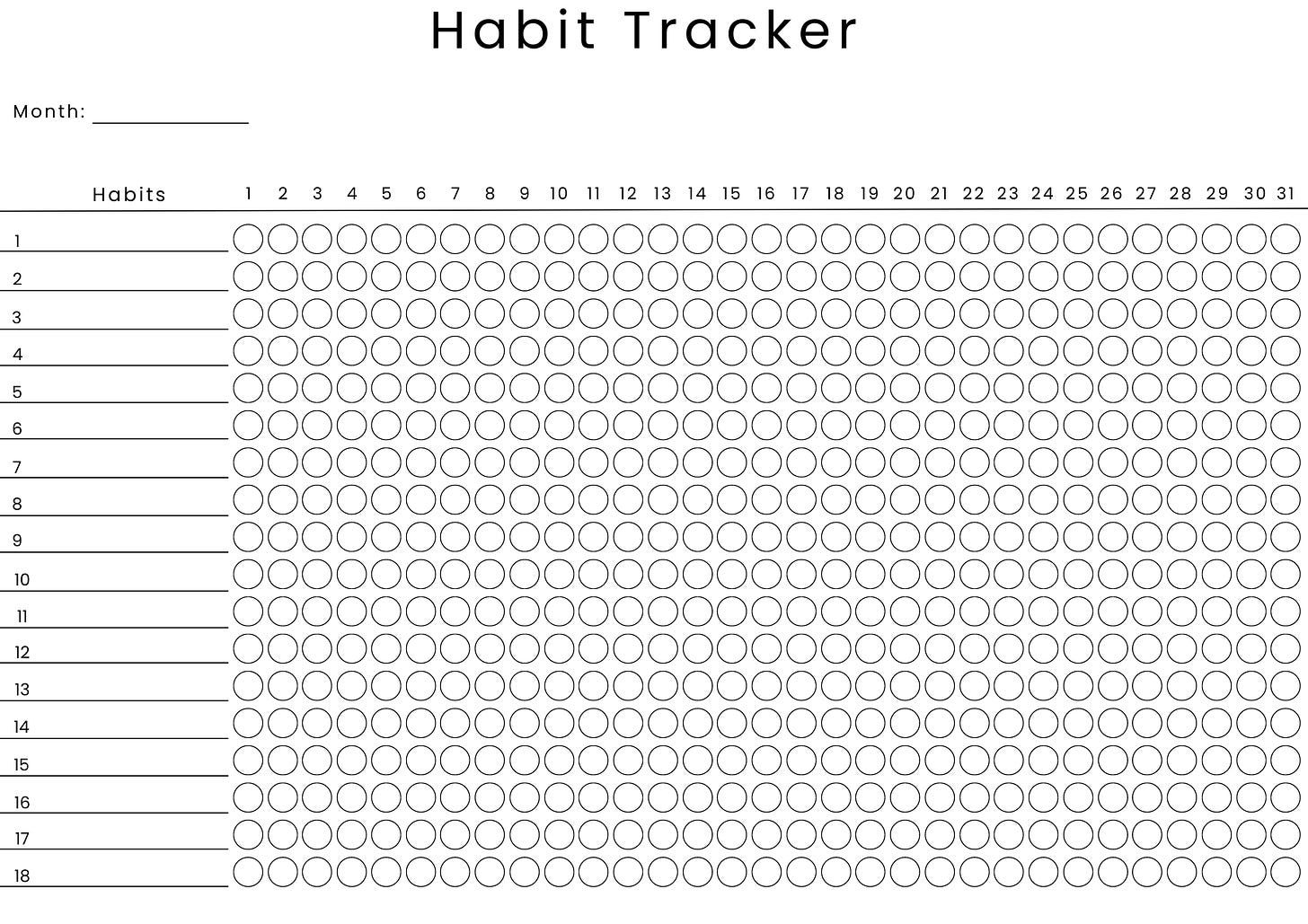Use habits to be 37x better in a year (Part 5)
The lessons and practices I learned from the book Atomic Habits by James Clear
In the fourth part, we discussed how the third law of behavior change “make it easy” can help you reduce friction to good habits and add friction to bad habits and how you can use the 2-minute rule to your benefit. So far, we know that we have to make the habit as obvious, attractive and easy as possible but if the you really want to make the habit stick it needs to feel great after you achieved it. That’s why you need to make the habit satisfying.
If you did not read the first 4 articles go to my substack website. There, you will find all my published articles.
In the book “Atomic Habits” by James clear establishes four law’s of behavior change.
make it obvious
make it attractive
make it easy
make it satisfying
In this article we’re going to discuss the fourth law “make it satisfying”.
For James Clear, the author of the book, “make it satisfying” is the most important rule. A feeling of pleasure is a message to the brain:
“This feels good. Let’s repeat this next time.”
When you experience pleasure your brain learns that a behavior is worth remembering and repeating.
“What is immediately rewarded is repeated. What is immediately punished is avoided.”
The first three laws increase the chances of doing the habit this time. The last law increases you chances of doing the habit next time.
It is common for us to feel good about our immediate results, but bad about our long-term outcomes when we practice bad habits. It is the opposite with good habits. The immediate result is unpleasant, but the ultimate outcome is satisfying.
A certain amount of success in just about every field involves ignoring an immediate rewards for a long-term one. It is best to add a little immediate pleasure to the habits that will pay off in the long run and a little pain to those that won’t.
The vital thing in getting a habit to stick is to feel successful even if it’s in a small way. The feeling of success is a signal that your habit paid off and that the work was worth the effort.
It is satisfying to make progress and you can monitor your progress using visual measures, such as moving paper clips, hairpins, or marbles. These “little wins” can go a long way. For example, for each sales call you make today, move a marble from one jar to the complete jar. For each 25 minutes of writing, move a paperclip.
Visual measurements can take many forms: diet journals, workout logs, download progress bars, or even page numbers in a book. Keeping a habit tracker may be the best method to monitor your progress.
Using a habit tracker is a simple way to determine whether you did a particular habit. Tracking becomes a reward of itself. Crossing a task of your to-do list, completing an entry in your exercise log ,or writing an X on the calendar is satisfying.
In spite of your best efforts, it is inevitable that life will interrupt you at some point. A bad day at work, a bad performance, or a bad workout can happen to anyone. When you’re having a bad day, you don’t realize how valuable it is to just show up.
“Lost days hurt you more than successful days help you”.
Every time you crossed a day of your calendar of a given habit you create a chain. Showing up is so important because missing two days in a row is a start of a bad habit. Even if you usually do 50 push-ups just do 10 on that day if that means that you do not break the chain.
A behavior is less likely to occur when pain is immediate. Being held accountable by a partner is a good way to keep your desired habits in check. We all want to be liked and respected, so we would rather just avoid the punishment that we would be accountable to.
For example: I owe you $10 every time I miss a workout, plus the respect I lose for failing to do what I said I would. Your behavior is more likely to be influenced by a concrete, and immediate consequences.
You can create a habit contract to hold yourself accountable, just as governments use laws to hold citizens accountable. You can create a habit contract either verbally or in writing which makes it clear that you will honor a particular habit and that there will be punishments if you do not. You can then use your accountability partners to enforce that contract.
If you want to get the book click here → Atomic Habits
Do you want to know how the last law of the book help you to built good habits and break bad habits?
Then follow this Newsletter!
Do you also have friends who should start thinking about improving their life’s ?
The share it with them!




